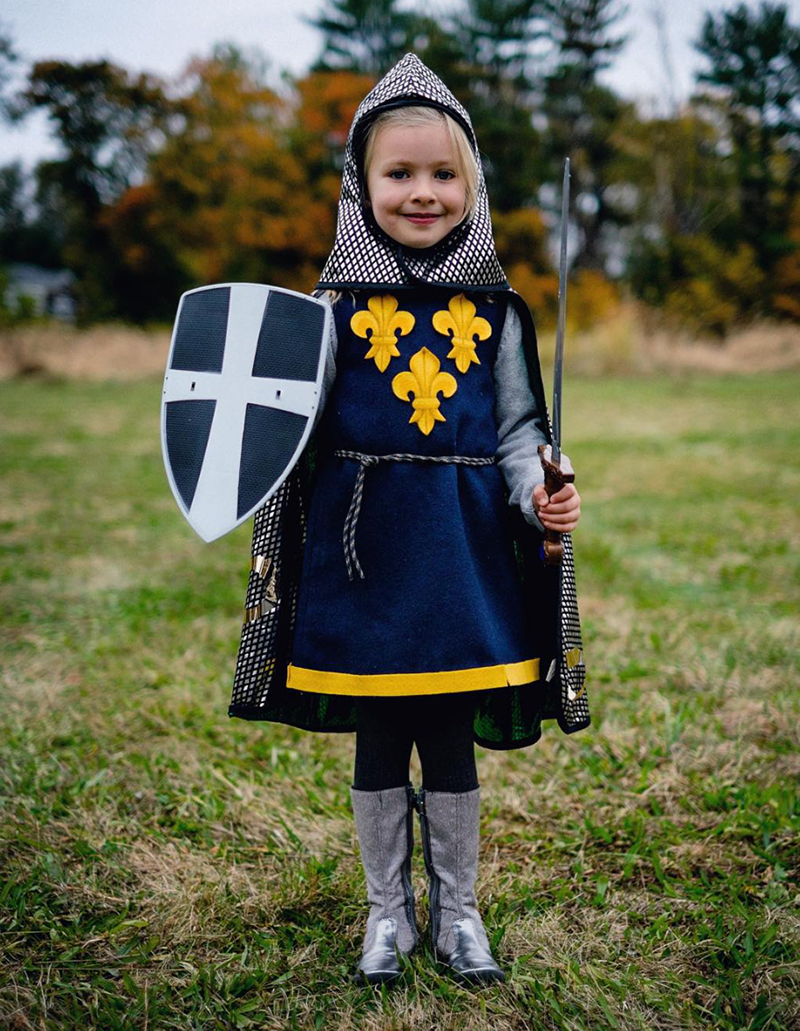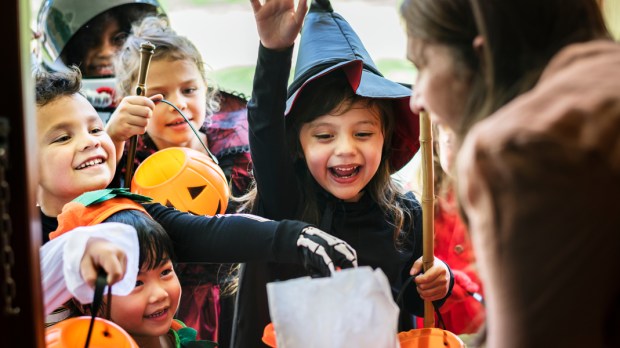Catholics never seem to agree on Halloween.
For some, it’s a time for innocent, spooky fun, a night for kids to dress up in cute costumes, get candy, and have a good time, and for adults to enjoy a good horror movie or go out to a costume party.
For others, it’s a dangerous celebration of the occult, derived from pagan origins and, in any case, far too wrapped up in ugly, brutal trappings that glorify evil.
For my part, I love Halloween, but I can definitely see the concern. While I’m deeply skeptical of the “pagan origins” of the feast (All Saints Day originated in Italy, not Ireland, and didn’t spread north until long after the Irish were Christianized), there is no doubt that in the modern world its macabre trappings have been taken too far in places.
However, I also must confess a dislike for the usual proposed alternative of “All Saints Night,” in which children are encouraged to dress as their favorite saints and all the spooky trappings of the holiday are avoided. To paraphrase Jane Austen, that may be more Catholic, but it is much less like Halloween. An alternative that removes the defining elements of a thing is not a very appealing alternative.
I would like to propose another approach — one that lets Halloween remain Halloween, while placing it in its proper context.
In the first place, we should keep in mind that the grotesque, macabre, and horrific have always been a part of Christian culture. Side-by-side with the celebration of the high and the holy has been the contemplation of the dark and the frightening. Christians traditionally do not shy away from facing evil; we carve monsters on the sides of churches, compose ghost stories and legends of the unquiet dead, hold danses macabre in cemeteries, and even build whole chapels out of bones. What we are to fear makes as much a part of the Christian story as what we are to desire.
This is because the greater the fear and the greater the danger, the greater the triumph. The path to glory leads through the dark valley; Good Friday precedes Easter Sunday; Dante descends into Hell before he can view Heaven.
My proposal is that All Hallows Eve and All Hallows Day should form this pattern between them: first we contemplate what we fear and celebrate our defiance of it, next we celebrate the triumph of goodness and those who have been victorious in the fight.
It would play out something like this:
Halloween night is the time for the frightening and the macabre. We put up spooky decorations of skulls, spiders, ghosts, and so on, recalling the dangers that surround us in this world. Children should be encouraged to dress as something they find frightening. They should also be given opportunities to do things that scare them and receive rewards when they do. For young children there should, of course, be trick-or-treating; for older ones there should be other games or ventures that lead to the contemplation of evil things, of death and danger, and to defiance or mockery of them. Horror stories should be part of the evening entertainment, reminding us of the consequences of transgressions. All of this should be age-appropriate, of course, keeping in mind the sensitivities of your family members.
It must be noted that, as part of this process, it’s necessary to “glamorize” evil — to embody it in some impressive or striking form, like a monster or a ghost. We do this, not to make evil appealing, but to make it easier to face (real evil is too drab and ugly to be worth contemplating). Embodying what you fear in the concrete form of a vampire, for instance, gives you the chance to face up to it and imaginatively conquer your fear.
In other words, All Hallow’s Eve is the time for celebrating the defiance of evil. We lower the lights, join together with our families, and face the darkness.
But this is only the first half of the celebration. With the dawn comes All Hallows Day. Now the spooky decorations should be put away and decorations of triumph should be put out; flags, banners, flowers, and images of the saints, for instance. (The skulls and spiders and such might be placed under the feet of the saints to signal their triumph.) Bright, triumphal music and songs should be played. Children should be encouraged to dress as their favorite saints or heroes (which means they get two costumes a year). Stories of heroism and the triumph of good over evil should be part of the entertainment, particularly reading the lives of the saints. You might even exchange small gifts, and certainly there can be a feast and gatherings — anything to make the triumphal day at least as exciting and as fun as the night before (since All Saints doesn’t have the same ingrained traditions as Halloween, you may have to get a little creative and come up with your own).

The point is that on Halloween we conjure imaginative images of evil that we might defy them, and on All Saint’s we conjure images of good that we might imitate them. In the night we recall the dangers and terrors of the world, and in the day we remember those who conquered them.
You see the idea? Rather than dropping Halloween, adding a complementary and balancing celebration of All Saints blends the two into a single feast celebrating the defiance of evil and the triumph of good.

Read more:
How the Church exorcized a Roman temple to establish All Saints Day

